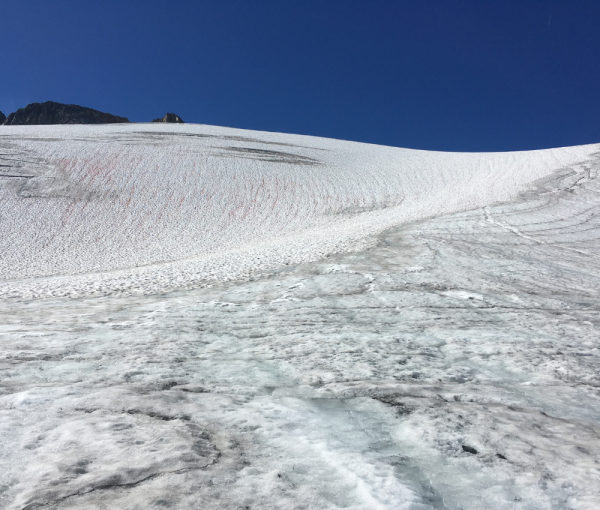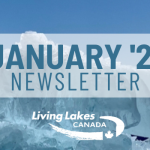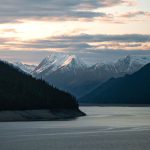The ripple effect: How climate change and lake pollution are impacting Lake Titicaca’s Indigenous communities
Suspended above the waters of Lake Titicaca in the Andes Mountains on the border of Peru and Bolivia, you’ll find the Uros Floating Islands. Forged from a unique aquatic plant called the totora reed, these islands are inhabited by the Uros Peoples, an Indigenous group predating the Inca Civilization.
As the Inca influence spread across Peru, the Uros Peoples created these mobile islands as a defense mechanism to avoid conflict. If a threat arose, the Uros Peoples could simply move their floating homes to a safer area of Lake Titicaca. Although the floating islands were eventually discovered, the Uros Peoples have preserved this traditional way of living.
But today, human impacts including pollution and climate change threaten the health of the lake, its biodiversity, and the two million Peruvians and Bolivians living in the surrounding communities. As the largest freshwater lake in South America, the protection of Lake Titicaca is of vital importance.
Members of the Living Lakes Canada team were introduced to Lake Titicaca, the floating islands and the impacts affecting them during their recent trip to Puno, Peru as part of the 16th Living Lakes International Conference.
The conference was co-hosted by the Bolivian-Peruvian Autonomous Binational Authority of Lake Titicaca (ALT) that is working towards the conservation, management and protection of the water resources of Lake Titicaca.
In recent years, the region has experienced drought conditions described as the worst in half a century. The repercussions have rippled through local livestock, crops and wildlife. To make matters worse, the amount of water in the lake is declining due to reduced glacial melt, shorter rain seasons and increased solar radiation.
The lake has also experienced water quality impacts. Runoff from natural resource extraction has increased concentrations of mercury and lead in the water. The dumping of untreated sewage and solid waste has introduced additional contaminants and pathogens to the lake. In fact, 2.5 cubic metres of untreated wastewater enters the lake per second.
As the water quality diminishes, wildlife living within the lake face direct impacts, including fish species. Water contamination, as well as overfishing, has led to a decline in fish populations. This is of particular concern as fish are an important part of local diets and are also of economic importance within the region.
Indigenous People worldwide are experiencing the worst of the climate crisis. According to the United Nations, “Indigenous peoples are among the first to face the direct consequences of climate change, due to their dependence upon, and close relationship, with the environment and its resources.”
The local Indigenous Peoples who live on and around Lake Titicaca, including the Uros, Quechua and Aymara Peoples, are no exception.
“In the days prior to the field tour, we learned about the challenges that Lake Titicaca is facing. It was then eye-opening to spend the day on the lake, meeting the people who call this place home, and are impacted by these issues,” said Living Lakes Canada program manager Paige Thurston, who attended the Living Lakes International Conference.
“The residents of Lake Titicaca spoke to us about the impacts that declining fisheries, drought and contamination of the lake ecosystem have had on their health and wellbeing. Many external factors are causing these issues, which are now having negative effects on the traditional lifestyles that these Peoples have lived for thousands of years.”
While the climate crisis is a water crisis, it’s also an environmental justice issue. Although developing countries aren’t the greatest contributors to the climate crisis, their populations are disproportionately vulnerable and affected by the impacts.
“The experience of visiting Peru and attending the conference really highlighted the inequity of who is being impacted by the degradation of the planet. Additionally, the NGOs that are working to address environmental issues in these regions often have very limited access to resources to support their important work,” said Paige.
The connections made at the conference with non-profit organizations working towards water conservation globally has inspired us in our efforts to help protect vulnerable and irreplaceable water sources and the ecosystems supporting us all.
“Our objective is to continue to apply our knowledge, expertise and capacity in community-based water monitoring to climate adaptation and resilience efforts in vulnerable countries,” said Georgia Peck, Lakes Program Manager, who also represented Living Lakes Canada at the conference. ’”The relationships we built in Peru have set the foundation for discussions around priority projects and how Living Lakes Canada can be most effective as an international partner for water protection.”











